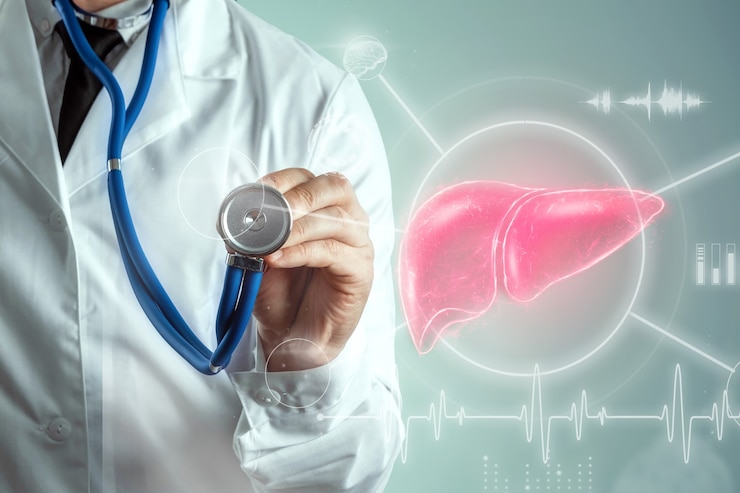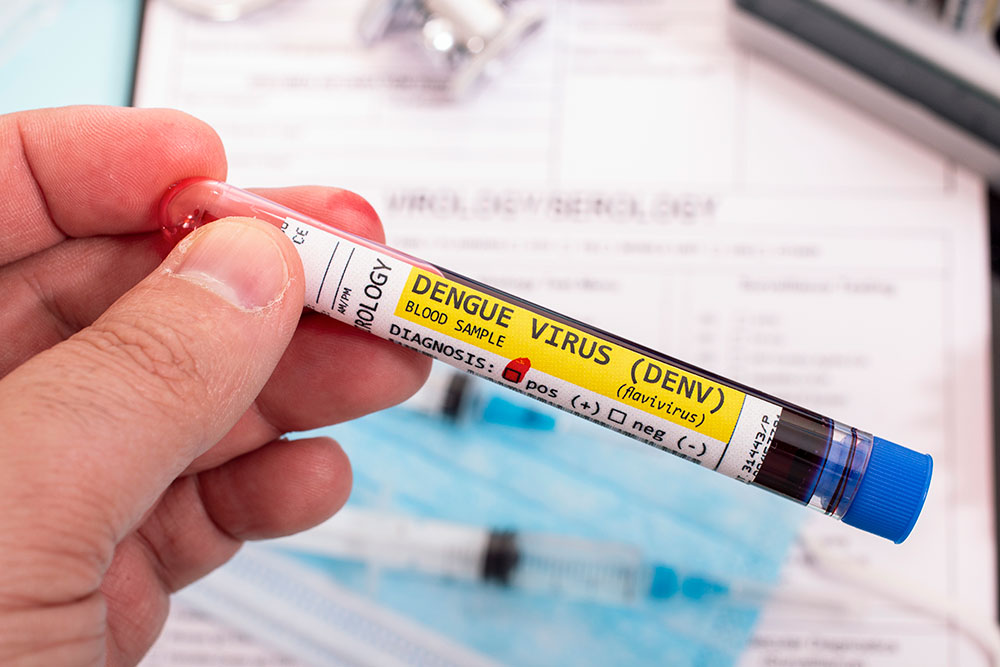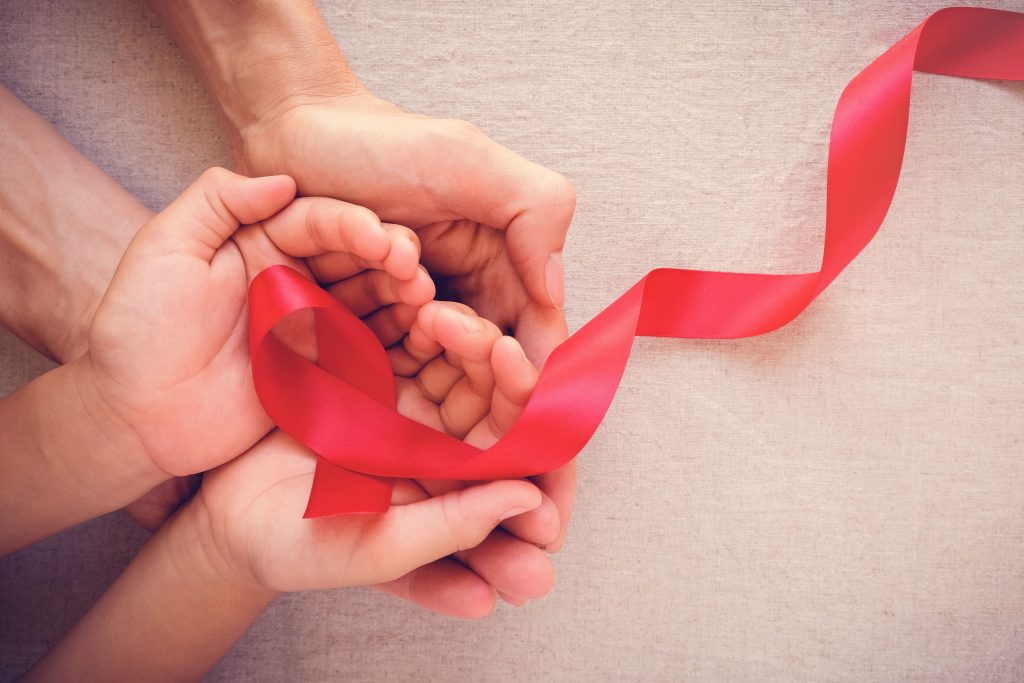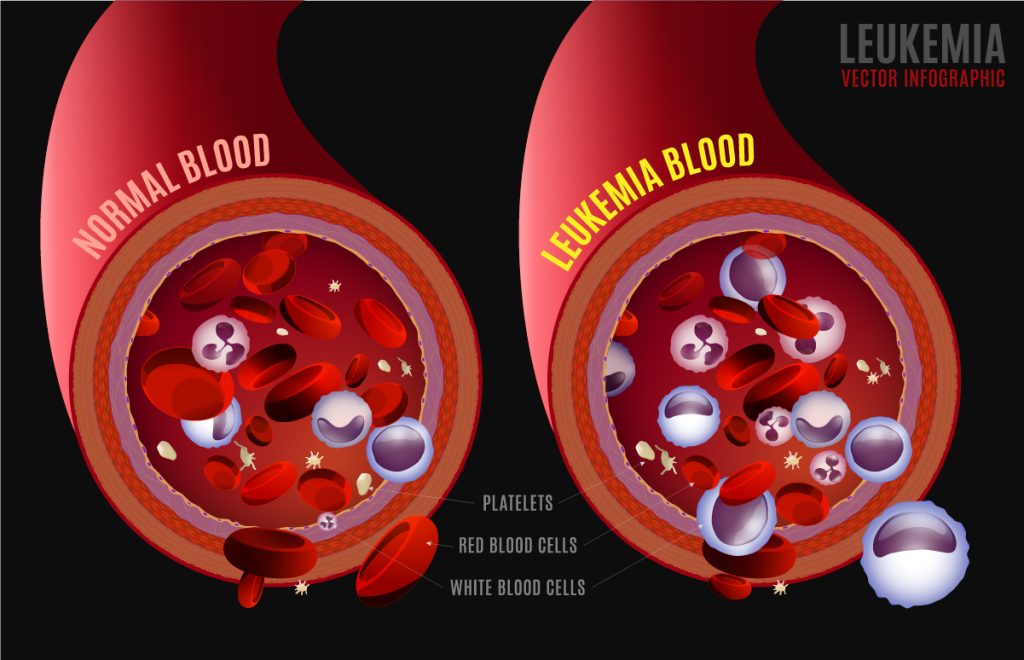Hepatitis – Types and Treatment
The meaning of Hepatitis is an inflammation of the liver. Hepatitis is an umbrella term used to refer to a number of liver diseases, especially liver inflammation. The liver is a key organ in the body that filters toxins out of your blood and produces bile that helps digest fats. When there is damage or disease to the liver, these essential functions can be impaired and result in symptoms such as jaundice (yellowish skin), nausea, fatigue, poor appetite, dark-colored urine, lightheadedness, and loss of weight. Some types of Hepatitis are diagnosed with blood tests, while others require a physical examination and imaging scans. Depending on the type and severity of damage to the liver, different treatments may be necessary. If recognized early enough, most types of Hepatitis are highly treatable with medication and support from your doctor.
What is a Liver Disease?
Liver diseases are conditions that affect the liver. The liver is a complex organ that performs many essential functions. There are many different types of liver diseases. The most common liver diseases are caused by the liver’s chronic (long-term) inflammation. The most common causes of chronic liver inflammation are Hepatitis and alcoholism. However, another common cause of chronic liver inflammation is Hepatitis B.
Types of Hepatitis
There are many different types of Hepatitis. The most common viral classification types of Hepatitis are hepatitis A, B, C, and D. Other less common types include E, F, and G, but they are less common. According to the World Health Organization (WHO), it is estimated that about 354 million people all over the world currently live with chronic Hepatitis B and Hepatitis C.
Hepatitis A – The Hepatitis A virus (HAV) causes the Hepatitis A infection. It is common in developing countries and can be prevented with vaccination. It is often asymptomatic and may lead to liver damage over a period of weeks to months, with symptoms including fatigue, loss of appetite, nausea, and vomiting.
Hepatitis B – Hepatitis B is caused by the Hepatitis B Virus (HBV) and can be treated with medication. It is also common in developing countries and can be prevented with vaccination. It can be transmitted through blood and/or bodily fluids, such as saliva, semen, urine, or vaginal fluids. The initial signs of hepatitis B are similar to those of hepatitis A, with nausea, loss of appetite, fatigue, and yellowish skin tone. Over time, chronic Hepatitis B can lead to liver damage, leading to signs such as unexplained weight loss, frequent blood in the urine, and pain or tenderness in the lower abdomen.
Hepatitis C – Hepatitis C is caused by the Hepatitis C Virus (HCV) and can be treated with medication. It is common in developed countries and can be prevented with vaccination. It can be transmitted through blood and/or bodily fluids, such as saliva, semen, urine, or vaginal fluids. The initial signs of hepatitis C are similar to those of hepatitis B, with nausea, loss of appetite, fatigue, and yellowish skin tone. Over time, chronic hepatitis C can lead to liver damage, leading to signs such as unexplained weight loss, frequent blood in the urine, and pain or tenderness in the lower abdomen.
Hepatitis D – Hepatitis D is rare and is caused by a liver cell protein released by damaged liver cells caused by the Hepatitis D Virus (HDV). It is common in developed countries and can be prevented with vaccination. It can be transmitted through blood and/or bodily fluids, such as saliva, semen, urine, or vaginal fluids. The initial signs of hepatitis D are similar to those of hepatitis B, with nausea, loss of appetite, fatigue, and yellowish skin tone. Over time, chronic hepatitis D can lead to liver damage, leading to signs such as unexplained weight loss, frequent blood in the urine, and pain or tenderness in the lower abdomen.
Hepatitis E – Hepatitis E is a waterborne infection caused by exposure to the Hepatitis E Virus (HEV). It is commonly found in places with poor sanitation due to ingesting fecal matter that comes in through water supply contamination. This acute infection can be hazardous for pregnant women.
Signs and Symptoms of Different Types of Hepatitis
As mentioned above, there are several types of Hepatitis and, therefore, several symptoms of each type. For each hepatitis type, symptoms can be mild or severe and short-term or long-term.
- Hepatitis A – Symptoms can include fatigue, loss of appetite, nausea and/or vomiting, abdominal pain, and yellowish skin tone. Hepatitis A is often asymptomatic and can lead to liver damage without symptoms. Even if a person has hepatitis A and is unaware of it, it is not usually dangerous, and most people are immune to it.
- Hepatitis B – Symptoms can include yellowish skin, fatigue, loss of appetite, nausea, joint pain, and/or unusual bleeding. Some people with Hepatitis B develop more severe symptoms, including liver damage, liver failure, and/or chronic Hepatitis. It is possible to be infected with Hepatitis B and show no symptoms, which is called being “curable.”
- Hepatitis C – Symptoms can include unexplained weight loss, frequent blood in the urine, pain or tenderness in the lower abdomen, and/or yellowish skin tone. It is not possible to test for Hepatitis C, so it is essential to be screened for it if you have risk factors, such as being an injection drug user (IDU).
- Hepatitis D – Symptoms can include unexplained weight loss, frequent blood in the urine, and/or yellowish skin tone. It is not possible to test for Hepatitis D, so it is important to be screened for it if you have risk factors, such as being an injection drug user (IDU).
Difference between Acute and Chronic Hepatitis
Hepatitis is an inflammatory disease of the liver. The liver is the organ that destroys all toxins in the blood and processes more than 500 different types of proteins. When the liver is damaged, the processes that destroy toxins and produce proteins are blocked, and toxins build up in the body. This is known as “jaundice,” which is common with Hepatitis. The most common type of Hepatitis is acute Hepatitis which is caused by a virus and generally resolves with no long-term damage. Chronic Hepatitis is less common, caused by a liver cell protein, and can have many different causes. It is often the result of a liver infection, autoimmune hepatitis, or alcohol use. Chronic Hepatitis can cause long-term damage to the liver and can lead to cirrhosis of the liver.
Treatment for Acute Hepatitis
There is no “cure” for Hepatitis, but preventive measures like timely vaccines and treatment can reduce the severity of symptoms and the chance of complications.
- Hepatitis A : There are no medications that cure Hepatitis A. The main goal of treatment is to alleviate symptoms and prevent complications, such as dehydration from vomiting or not drinking fluids.
- Hepatitis B : There are no medications that cure Hepatitis B. The main goal of treatment is to reduce the risk of developing chronic Hepatitis.
- Hepatitis C : There is no medication that cures Hepatitis C. The main goal of treatment is to reduce the chance of developing liver disease and alleviate symptoms, such as abdominal pain, itching, or nausea.
- Hepatitis D : There is no medication that cures Hepatitis D. The main goal of treatment is to ease symptoms, such as pain when passing a bowel movement, fatigue, and/or aching muscles.
Prevention of Hepatitis
The best prevention and treatment of Hepatitis is to get vaccinated against Hepatitis A and Hepatitis B, and there is no vaccine for Hepatitis C yet. The vaccines protect you against infection and reduce the risk of liver disease.
FAQs
1. How do you know if you have Hepatitis?
Ans : When there is pain or tenderness in the abdomen, swelling of the liver, and any yellow discoloration of the skin or eyes, know that you could have a strain of Hepatitis.
2. Is Hepatitis an STD or a virus?
Ans : Hepatitis is a viral-borne infection though Hep-B and Hep-C can transmit through sexual intercourse.
3. What is the leading cause of Hepatitis?
Ans : Inflammation of the liver is the leading cause of Hepatitis.
4. Which Hepatitis is worse -Hep- A or Hep- C?
Ans : No hepatitis infection is good for the body, but chronic Hep-C can lead to liver damage.
5. What are the three types of Hepatitis?
Ans : The three types of Hepatitis are – Hep-A, Hep-B, and Hep-C.
6. What foods cause Hepatitis?
Ans : Cut fruits and vegetables left exposed for long periods and unclean drinking water contribute to the contraction of the Hepatitis infection.
7. What causes Hepatitis to spread?
Ans : Poor sanitation and hygiene contribute massively to the spread of Hepatitis.
8. What are the warning signs of Hepatitis?
Ans : The warning signs of Hepatitis are liver inflammation, overnight loss of appetite and weight, pain and tenderness in the abdomen, and yellow discoloration of the skin, nails, and eyes.
9. Who is most at risk for Hepatitis?
Ans : Pregnant women, children, and those with poor lifestyle choices like alcoholism, drug use, and liver infection are at risk for Hepatitis.
10. What is the first treatment for Hepatitis?
Ans : The first line of treatment for Hepatitis is antiviral medications, a stringent dietary program, the practice of good hygiene, and adequate rest and recovery.
11. Can Hepatitis be cured with antibiotics?
Ans : Hepatitis A can be cured without treatment, whereas Hep B and Hep C require a combination of antiviral medications and a dietary regime.







